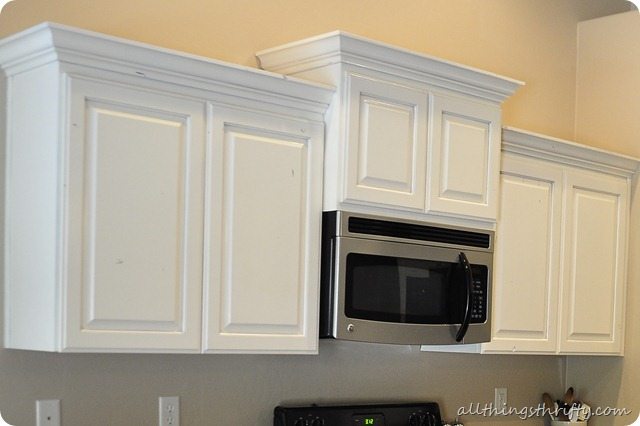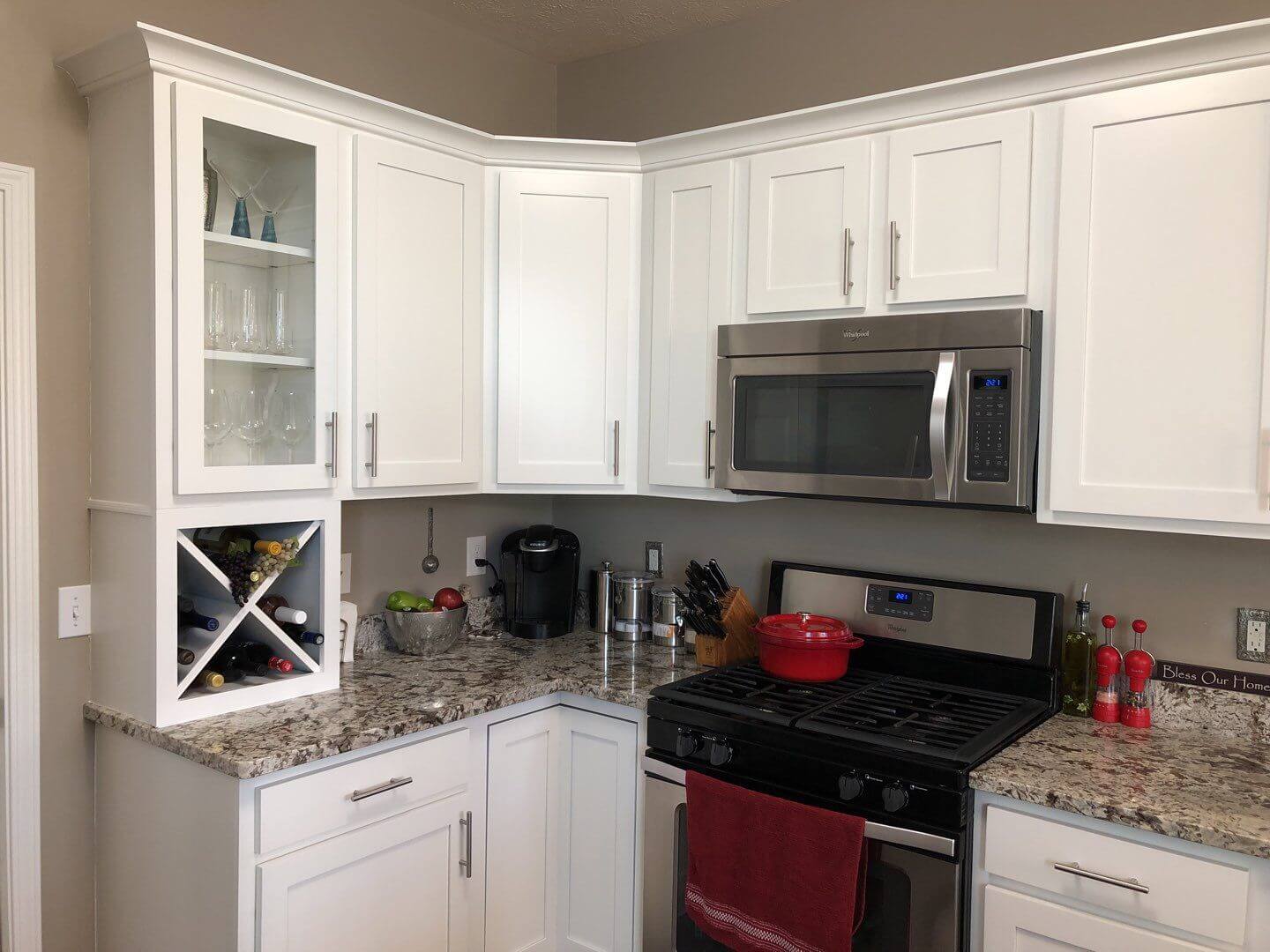
Tape rosin paper over the counter tops and floor covering, and tape plastic sheeting over the backsplash, windows, repaired appliances, and interior entrances (to secure the rest of the home from dust and fumes). Mask off the wall around the cabinets. Lastly, set up a worktable for painting doors, drawers, and racks.
" Old cabinets are covered with whatever from hand oils to oily smoke residue to scared gravy," says Dee. "You have actually got to get all that off or the paint won't stick." Back out the hinge screws from the cabinet frame and get rid of the doors. Working systematically from left to right, leading to bottom, label each one with a numbered piece of tape.
Reserve the shelf-hanging hardware. At your worktable, get rid of the pulls and hinges and conserve what's being recycled. On the doors, move the number from the tape to the exposed wood under one hinge. Cover it with fresh tape. Open the windows for ventilation and put on safety gear. Scrub down all of the face frames, doors, drawer fronts, and shelving with an abrasive pad dipped in liquid deglosser.


Before the deglosser vaporizes, rapidly clean away the residue with another clean, deglosser-dampened rag. If you're relocating the hardware, fill the old screw holes with a two-part polyester wood or autobody filler. It sets in about 5 minutes, so mix just little batches. (Dee adds a pea-size little hardener to a golf-ball-size glob of filler - painting old cabinets white.) The filler diminishes a bit, so overfill the holes a little.
If it hardens completely, sand it smooth - menards cabinet paint. Sand all surfaces with the grain using 100-grit paper. To make certain no littles dust mar the surface, vacuum the cabinets inside and out, then rub them down with a tack cloth to capture any particles that the vacuum misses. Dee says, "Hand sanding is the very best strategy on oak due to the fact that you can push the paper into the open grain, which a power sander or sanding block will miss." When utilizing a tack fabric, unfold each brand-new fabric totally, down to one layer, then crumple it to get the greatest dust collection surface.
But they just sink into open-grained woods such as oak, ash, mahogany, or hickory. Brushing putty, the pudding-thick, oil-based coating Dee used on these oak cabinets, fills the grain as it primes the wood. A couple of cautions: It ought to be used with a good-quality nylon-polyester brush, which you'll have to toss away after each coat. painting kitchen cabinets antique white.
Top Guidelines Of 5 Mistakes To Avoid website While Painting Cabinets read more - Hey, get more info Let's read more Make ...
Beginning at the top of the cabinet, brush on the primer or brushing putty across the grain, then "tip off" pass the brush gently over the wet finish in the instructions of the grain. Always tip off in a single stroke from one end to the other. Give it a day to dry.
Sand any profiled surface areas with a medium-grit sanding sponge. When you're done, whatever must be glass-smooth. Follow the underlying structure of the cabinet or door with the brush. Where a rail (horizontal piece) butts into a stile (vertical piece), for circumstances, paint the rail initially, overlapping somewhat onto the stile.
Where a stile butts into a rail, paint the stile initially. kitchen paint colors with cream cabinets. Squeeze a thin bead of latex caulk into any open seams. Pull the suggestion as you go, then smooth the caulk with a wet finger. Fill any little damages, scratches, or dings with vinyl spackle, smoothed flat with a putty knife.